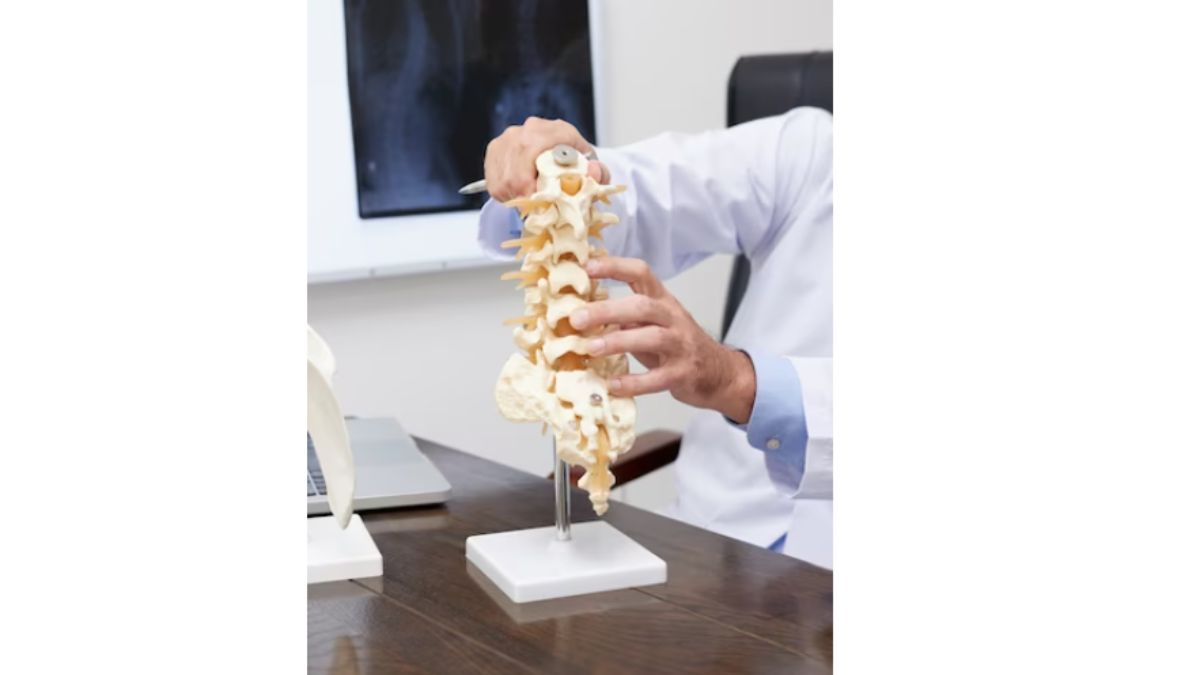- By Priyanka Munshi
- Sat, 17 Feb 2024 06:40 PM (IST)
- Source:JND
One of the most dangerous, rare, and serious disorders that arises when the bundle of nerves known as the cauda equina at the base of the spinal cord becomes compressed is cauda equina syndrome. A tumor, infection, ruptured disk, or lower back trauma can all cause this compression. Along with this, there are other symptoms, including excruciating low back pain, limb weakness or numbness, loss of control over one's bowels or bladder, and sexual dysfunction.
If c is not treated, it might result in irreversible nerve damage, so prompt medical intervention is essential.
1708174812714.jpg)
Do you know that cauda equina syndrome can lead to irreversible nerve damage. (Image Credit: Canva)
For the purpose of relieving pressure on the nerves and preventing more complications, treatment usually entails emergency surgery. To maximize healing and reduce long-term consequences, early identification and management are crucial.
Dr. Pradeep Mahajan, who is a regenerative medicine researcher and founder of StemRx BioScience Solutions India, exclusively told Jagran English about cauda equina syndrome and the causes and symptoms of this disease.
According to Dr. Pradeep, "Cauda Equina Syndrome (CES) is a rare but serious medical condition that can lead to severe neurological consequences if not promptly diagnosed and treated. This syndrome occurs when the cauda equina, a bundle of nerves located at the base of the spine, becomes compressed, resulting in a range of debilitating symptoms."
Also Read: 5 Surprising And Effective Health Benefits Of Cuddling
The cauda equina is a vital part of the spinal cord responsible for transmitting signals between the brain and the lower part of the body. When the nerves within the cauda equina become compressed, often due to a herniated disc, spinal tumor, or trauma, it can lead to a myriad of symptoms.
In addition, he said, "These symptoms may include severe lower back pain, sciatica, bowel and bladder dysfunction, and even paralysis if left untreated. Non-compressive cauda equina syndrome and cauda equina syndrome are two distinct conditions that affect the cauda equina, a bundle of nerves located at the base of the spine."

A tumor, infection, ruptured disk, or lower back trauma can all cause this compression. (Image Credit: Canva)
The primary difference lies in the underlying cause and mechanism of nerve compression. In non-compressive cauda equina syndrome, the symptoms result from inflammation, infection, or other processes that irritate the nerves without direct physical compression. This can include conditions like arachnoiditis or inflammatory disorders.
Also Read: Glam Up Like These Bollywood Divas For Saturday Party Night | SEE PHOTOS
At last, Dr. Pradeep said, "On the other hand, cauda equina syndrome typically involves direct mechanical compression of the nerve roots within the cauda equina, often caused by a herniated disc, spinal stenosis, or tumors. Both conditions share common symptoms such as lower back pain, sciatica, and bowel or bladder dysfunction, but the distinction in the causative factors is crucial for accurate diagnosis and appropriate treatment strategies."

